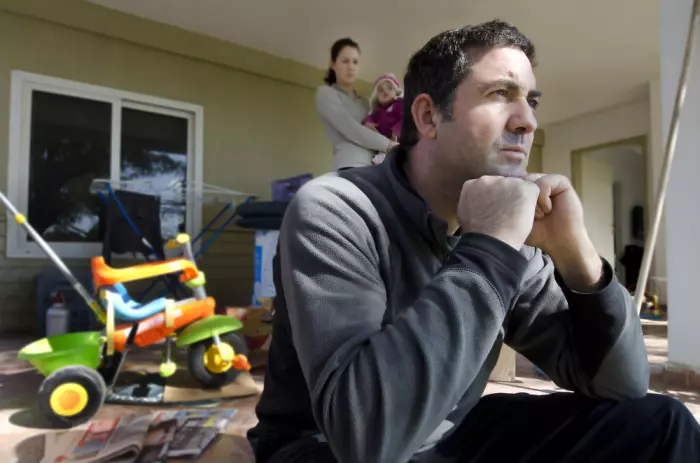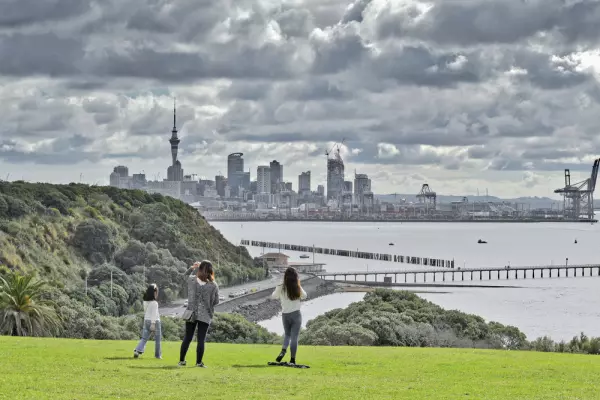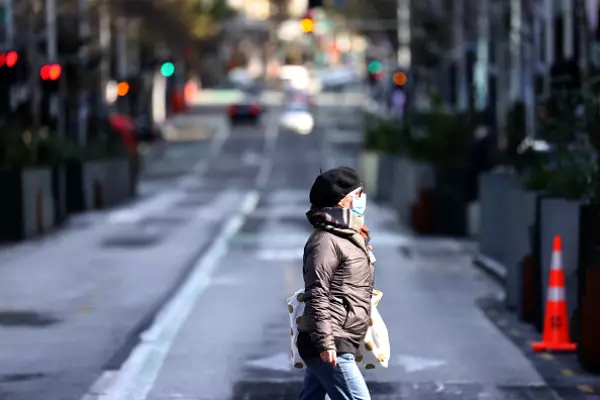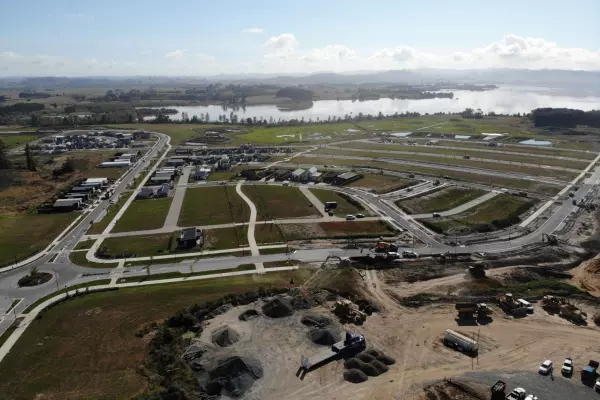Amidst economic success, realities are hitting home by the day.
We are at full employment, a great story in itself, but also a sign of a massive pivot required from stimulating demand to boosting supply.
The benefits of sugar candy economics – the combination of huge government spending and ultra-stimulatory monetary policy - are clear to see.
We have booming asset prices, rising inflation and an economy that has bounced back so well it is now being choked by labour shortages, exacerbated in part by border closures. There has been success on the economic and social ledger such as reducing unemployment, but problems exacerbated, such as housing unaffordability.
Forget all the mumbo-jumbo about an economic recovery. The economy is way beyond that. The challenge now is managing an economic expansion, supporting the economic base, and unlocking opportunities, amidst continued covid risks.
Here are some realities.
The inflation/wage spiral risk
Some inflation pressure we are seeing reflects global factors and supply chain problems. But consumer price figures for New Zealand show a strong domestic element too, with costs rising sharply and some being passed on.
A rising cost-of-living risks turning into a two-horse race between prices and wages with each trying to keep up with the other. Then you have a sustained inflation problem. The government will feel the pressure for cost-of-living adjustments in upcoming public sector pay settlements. The nurses are just the start.
Taking away the punchbowl
Reality two is the threat of higher interest rates to combat inflation. Financial markets are anticipating around 100 basis points of increases in the official cash rate in the coming 15 months.
An orthodox approach to monetary policy is saying; 'get rates up'. That is still a big call in a covid-infested world facing new variant risks, with some major trading partners experiencing further lockdowns.
The need for the Reserve Bank's funding for lending programme has ceased and the path for rates is still higher.
It is just a question of timing.
Rising interest rates will be bad for borrowers and present challenges if investors have not been sufficiently compensated for risk, such as too narrow a spread between yields from other investments compared to interest rates as they rise.
The government could help the Reserve Bank contain domestic inflation by spending less, not more. We need monetary and fiscal policy to work in tandem in 2022, like it did in 2020.
Address hard structural issues in the labour market
Labour shortages are becoming more acute by the day. This is fundamentally a good story, but shortages are now a handbrake on growth and on unlocking opportunities.
The economy is at maximum sustainable employment.
Yet we still have huge structural unemployment, the mismatch between the skills workers have and the jobs available, frictional unemployment (workers moving around), and what look to be signs of higher institutional unemployment.
Institutional unemployment is unemployment that results from long-term or permanent institutional factors and incentives in the economy either to work or not.
There are lots of jobs available.
Seek job ads figures are surging, with some regions seeing job ads 60-to-70% above 2019 levels. Wages are accelerating sharply as employers compete for staff. Anecdotal evidence suggests pay rises are often far exceeding the 2.1% average annual rise the official labour cost index is reporting.
There is a good story in rising wages. But there is another side.
We are at full employment and yet 354,000 people remain on a benefit. That is one person of working age in nine, and signals major structural problems.
The number of people on a benefit is still 45,000 higher than before covid and we have around 40,000 more on jobseeker benefits despite the unemployment rate returning to pre-covid levels.
An urgent national conversation is needed on addressing these structural problems. This includes addressing institutional factors such as access to capital, which is possibly responsible for Māori and Pasifika unemployment being double European unemployment.
Success would mean not only higher employment, but also less inflationary pressure.
The real issue is supply
Wellbeing needs an economic base.
The economic base is defined by the supply side capacity of the economy.
That is: how fast it can grow by using labour resources and the productivity of other resources including natural endowments such as land and water.
The labour force is now growing at 1%, half what it used to, and productivity less than 1%, giving a trend growth rate of around 2% a year.
The 2021 budget projected real growth in gross domestic product above 3% for the next three years as economic stimulus and spare capacity allowed the economy to expand strongly.
However, that will not eventuate, nor the tax revenue to match, with each 1% change in GDP being worth about $900 million in extra tax.
The reason that growth is unlikely to occur is related to how large a part of NZ’s economic base is defined by net food exports. These total about $30 billion, but they have fallen $1.1b in the past 12 months.
Getting produce out to export markets is a challenge at the moment and environment constraints are a rising issue for food production.
That mean food producers will have to adapt, with opportunities in the likes of horticulture unlocked by some smart thinking and policy support.
However, the major problem is the burgeoning rise in costs across the board.
We have a strong economy, which needs to be celebrated, and good challenges to address, including getting more people into work. Inflation needs to be contained and the supply side capacity of the economy boosted while addressing environmental responsibilities.
Sugar candy economics will not get us there.
Now the real mahi starts.














